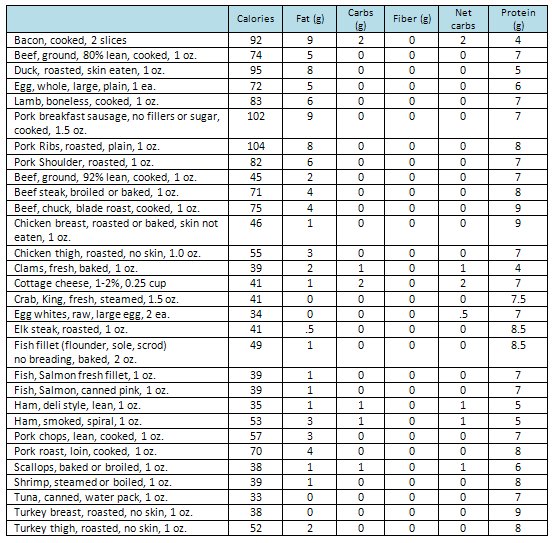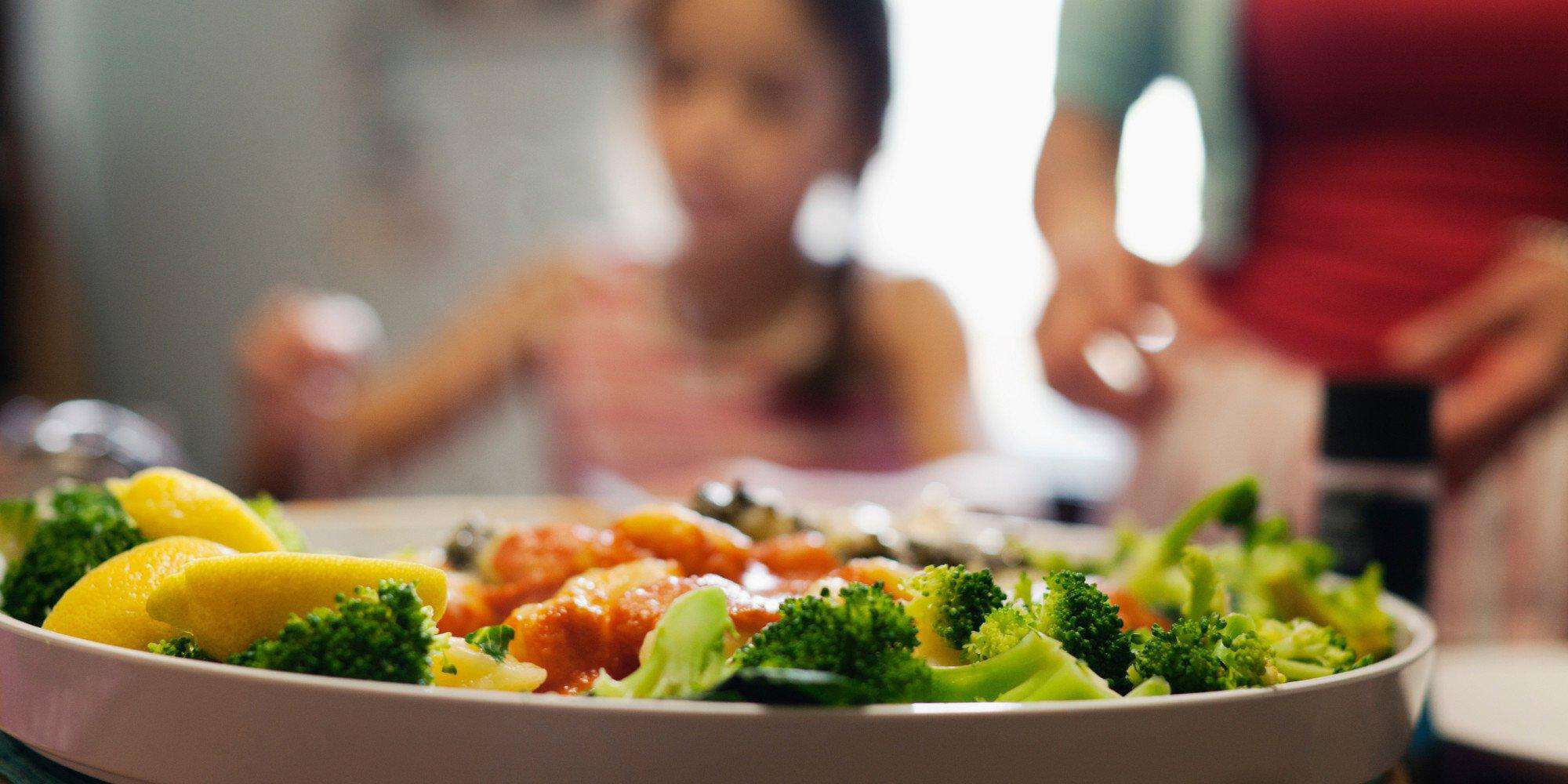41 other carbs on food labels
How to Read Carbohydrates on Food Labels - GlycoLeap When learning how to read carbohydrates on food labels, always remember that 1 serving of carbohydrate is equal to 15 g of carbohydrates. If you want to have a snack, it is recommended to eat no more than 1 to 2 servings of carbohydrates in one sitting. That would be around 15 to 30 g of carbohydrates. Snack = 15 - 30 g of carbohydrate How to Understand and Use the Nutrition Facts Label | FDA It's important to realize that all the nutrient amounts shown on the label, including the number of calories, refer to the size of the serving. Pay attention to the serving size, especially how ...
Understanding Ingredients on Food Labels - American Heart Association Understanding Ingredients on Food Labels. Food labels are an important source of information about calories and the nutritional value of the foods you eat, a crucial tool in building a heart-healthy diet. The Nutrition Facts information is always displayed in the same orderly fashion and helps you understand how much of certain nutrients that ...

Other carbs on food labels
Food Label Claims: What You Can and Can't Trust - WebMD Gluten-Free. This label is important for people with gluten sensitivity or celiac disease, an autoimmune condition. There is no FDA symbol for this standard. But you can trust a gluten-free claim ... Reading Food Labels | ADA - American Diabetes Association Put food labels to work. The Nutrition Facts labels on foods are really the key to making the best choices. We'll cover the basics so that these labels make shopping easier for you. You've heard it all. From carb-free to low-carb, to whole and empty carbs, it's hard to know what it all means. Blood sugar highs and lows aren't always ... What Do Total Carbohydrate And Added Sugar On The Nutrition Label Mean ... If more than one type of sugar alcohol is listed, there must be a line for sugar alcohol grams on the nutrition label. Other Carbohydrates shows the number of digestible complex carbohydrates not considered a sugar (natural or added) and includes additives like stabilizers and starchy thickening agents. Now, isn't that crystal clear? Save
Other carbs on food labels. Low Carb Guide to Understanding Nutrition Labels - Virta Health If you see any of these listed in the ingredients on a label, it doesn't mean the item is automatically off-limits. As long as the total carbohydrate count is suitable, it's okay to consume it. For example, many brands of bacon and cold cuts are cured with brown sugar or honey, but the amount of sugar remaining in the final product is very low. 7 Things to Look for on a Nutrition Label (Other Than Calories) Carbohydrates and Fiber. Once you've looked at the protein and fat, the last macronutrient to consider is carbohydrates. The nutrition facts will give you the total grams of carbs as well as how many are coming from fiber and sugar. "I'm much less concerned about total carbs than with fiber and sugar," says Dorfman. History of Nutrition Labeling - Front-of-Package Nutrition Rating ... Up to the late 1960s, there was little information on food labels to identify the nutrient content of the food. From 1941 to 1966, when information on the calorie or sodium content was included on some food labels, those foods were considered by the Food and Drug Administration (FDA) to be for "special dietary uses," that is, intended to meet particular dietary needs caused by physical ... How To Figure Out The Carbs On Nutrition Labels This number includes starches, complex carbohydrates, dietary fiber, added sugars, and non-digestible additives. The subheadings under Total Carbohydrate are Dietary Fiber, sometimes broken down into Soluble and Insoluble Fiber; Sugars; and sometimes categories for Sugar Alcohols and/or Other Sugars. The sum of these numbers will not always equal the total carbs because starches (types of carbs often used as binders or thickeners) aren't required to be listed on food labels.
Food Labels | Nutrition.gov What's New with the Nutrition Facts Label. HHS, Food and Drug Administration. The U.S. Food and Drug Administration (FDA) has updated the Nutrition Facts label on packaged foods and beverages with a fresh design that will make it easier for you to make informed food choices that contribute to lifelong healthy eating habits. What's in a Name? What Is the Difference Between Sugar & Carbs on Food Labels? Carbohydrates are found in a wide variety of foods, such as grain products, including bread, pasta, breakfast cereals, oatmeal, flours, crackers, starchy vegetables like potatoes and corn, legumes, milk, yogurt, fruits, juices, sugar and desserts. Carbohydrates comprise three different nutrients -- starches, sugar and dietary fiber. How to Calculate the Carbohydrates From the Food Label if Fiber & Sugar ... However, many foods that you'll find in the grocery store contain a minimal amount of fiber. A typical granola bar might have 44 grams of carbohydrates with less than 3 grams of dietary fiber, for a net carb content of 41 grams. Instead, opt for low-carb, high fiber options such as hemp hearts. They have just 3 grams of carbs in a 1-ounce ... Nutrition Labels 101: What's Required? What's Optional? Table 1: Nutrition Labels 101: What's Optional? Calories from Fat: Other Carbohydrates: Riboflavin (Vitamin B2) Polyunsaturated Fat: Vitamin A: Niacin (Vitamin B6) Monounsaturated Fat: Vitamin C: Folate: Soluble Fiber: Vitamin E: Vitamin B12: Insoluble Fiber: Vitamin K: Biotin: Phosphorous: Thiamin (Vitamin B1) Pantothenic Acid: Sugar Alcohols: Iodine Magnesium
Food Labels and Counting Carbs - dummies An abbreviated version of the food label is also acceptable for manufacturers to use. Some food packages use a version that omits the footnote details from the bottom of the label and simply provides the key nutrition facts. Taking a sneak peek at newfangled food labels The current food label imagery has been in use for more than 20 years. What Are the Definitions of Total Carbohydrates & Other Carbohydrates ... When reading a nutrition label, the line "total carbohydrates" includes all types of carbohydrate found in the food or beverage. Total carbohydrates consist of multiple nutrients, including dietary fiber, sugars and starches. Each of these types of carbohydrate is critical to sufficient energy intake and overall health, although excessive ... How to Read a Food Label | Atkins The FDA requires that a nutrition label include the total carbohydrates. The amount of dietary fiber and sugars must also be listed. However, the law does not require that other carbohydrate subcategories appear. Some manufacturers voluntarily include the subcategories of sugar alcohol and "other carbohydrates." Others do not. How to Use the Nutrition Facts Label — Diet Doctor But buyer beware: it's easy to overeat. Let's look at the nutrition facts label for another dark chocolate option, Salazon's Dark Chocolate with Sea Salt and Almonds: This bar has 13 grams of net carbs per serving. If you eat half a serving (1/4 of the bar, or 20 grams), you'll consume 6.5 grams of net carbs.
Food Labels | CDC If you eat the whole thing, you are eating 8 times the amount of calories, carbs, fat, etc., shown on the label. Total Carbohydrate shows you types of carbs in the food, including sugar and fiber. Choose foods with more fiber, vitamins, and minerals. Choose foods with lower calories, saturated fat, sodium, and added sugars. Avoid trans fat.
Reading food labels: Tips if you have diabetes - Mayo Clinic Put sugar-free products in their place. Sugar-free doesn't mean carbohydrate-free. Sugar-free foods may play a role in your diabetes diet, but remember that it's equally important to consider carbohydrates as well. A sugar-free label means that one serving has less than 0.5 grams of sugar. When you're choosing between standard products and ...
Nutrition facts label - Wikipedia The nutrition facts label (also known as the nutrition information panel, and other slight variations) is a label required on most packaged food in many countries, showing what nutrients and other ingredients (to limit and get enough of) are in the food. Labels are usually based on official nutritional rating systems.Most countries also release overall nutrition guides for general educational ...
Learning To Read Labels - Diabetes Education Online The grams of sugar listed include both natural sugars, from fruit or milk, and added sugars. On a nutrition food label, the total carbohydrate includes the sugar. Some Nutrition Facts labels may also list sugar alcohols under total carbohydrate. Sugar alcohols may be found in products that are labeled "sugar-free" or "no sugar added."
Understanding Food Nutrition Labels | American Heart Association Remember that the information shown in the label is based on a diet of 2,000 calories a day. You may need less or more than 2,000 calories depending upon your age, gender, activity level, and whether you're trying to lose, gain or maintain your weight. When the Nutrition Facts label says a food contains "0 g" of trans fat, but includes ...
Food Labels: Carbohydrates | Home & Garden Information Center On the other hand, choose foods often that contain 5% DV or less of nutrients that you want to limit (e.g., total fat, saturated, fat, trans fat, cholesterol and sodium). Example: On this label the total amount of carbohydrates in one serving (1 packet) is 24 g, or 8% DV. The dietary fiber is 1 g, or 3% DV. The total amount of sugars is 19 g.

Difference between carbs and sugar on food labels | Motivational blogs, How to stay motivated ...
Food Labels: Fat & Cholesterol | Home & Garden Information Center The 2015 Dietary Guidelines for Americans recommends the following intakes of fat and cholesterol every day: total fat—20 to 35% of calories, depending on age and gender (65 grams for the 2,000-calorie intake level used in the Daily Value)*. saturated fat—less than 10% of calories**. trans fat— keep as low as possible.
How To Read Food and Beverage Labels | National Institute on Aging At the top of the Nutrition Facts label, you will find the total number of servings in the container and the food or beverage's serving size. The serving size on the label is based on the amount of food that people may typically eat at one time and is not a recommendation of how much to eat. Read more about serving and portion sizes.
Dietary Supplement Labeling Guide: Chapter IV. Nutrition Labeling When you make a claim about calories from saturated fat, insoluble fiber, polyunsaturated fat, sugar alcohol, monounsaturated fat, other carbohydrate, and soluble fiber, you must list that...
What Do Total Carbohydrate And Added Sugar On The Nutrition Label Mean ... If more than one type of sugar alcohol is listed, there must be a line for sugar alcohol grams on the nutrition label. Other Carbohydrates shows the number of digestible complex carbohydrates not considered a sugar (natural or added) and includes additives like stabilizers and starchy thickening agents. Now, isn't that crystal clear? Save
Reading Food Labels | ADA - American Diabetes Association Put food labels to work. The Nutrition Facts labels on foods are really the key to making the best choices. We'll cover the basics so that these labels make shopping easier for you. You've heard it all. From carb-free to low-carb, to whole and empty carbs, it's hard to know what it all means. Blood sugar highs and lows aren't always ...
Food Label Claims: What You Can and Can't Trust - WebMD Gluten-Free. This label is important for people with gluten sensitivity or celiac disease, an autoimmune condition. There is no FDA symbol for this standard. But you can trust a gluten-free claim ...


/netcarbs14-571eb2f95f9b58857d61f357.jpg)




Post a Comment for "41 other carbs on food labels"